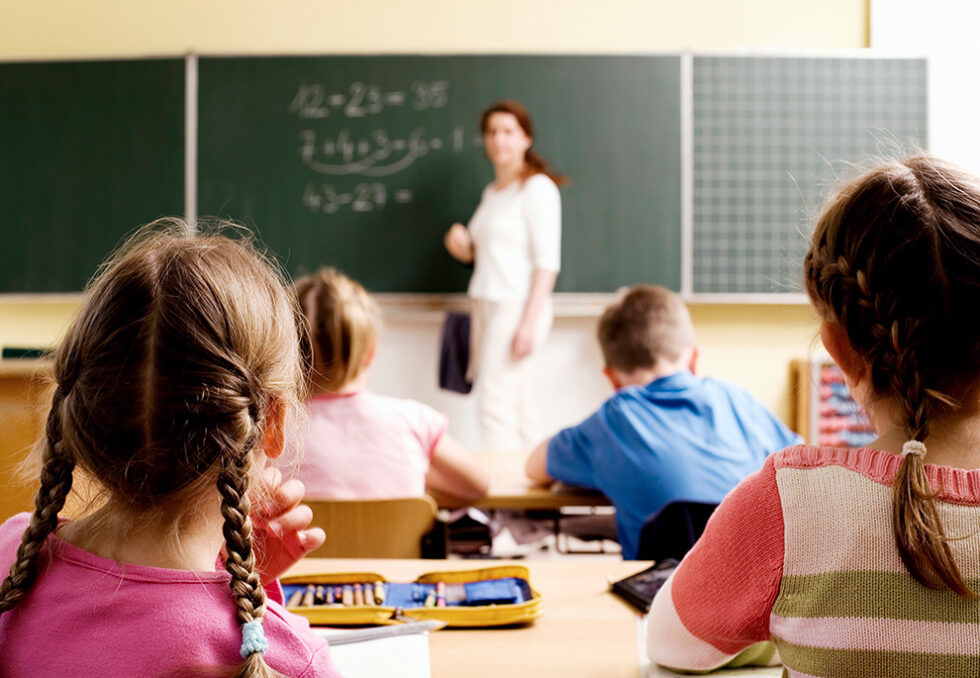
How Schools Can Provide Grieving Children a Safe Haven
- Acknowledge that grief affects students emotionally, socially, behaviorally, cognitively, academically, and spiritually.
- Recognize that school can provide a respite from grief for the student, especially since after a death many homes are emotionally charged. Routines at school can help provide a sense of normality.
- Before telling classmates the specifics of a student’s death loss, ask the student what they would like shared.
- Regardless of the type of death or cause of death, ensure administrative responses are consistent.
- Allow student to go to a safe place outside the classroom if unexpected and overwhelming feelings and thoughts arise. Ensure child does not need to explain why in front of fellow classmates.
- Permit student to call home or parent’s work with permission from parent. Grieving students are often preoccupied with their own health and the health of loved ones, and allowing the child to call helps provide a reality check that surviving loved ones are okay.
- Contain acting-out behavior; insist that children express their wants, needs, and feelings with words, not by acting out.
- Encourage them to let you know when they are worried or having a difficult time.
- Make personal contact with the student’s family.
- When the bereaved child returns to school after a loss, it is important to maintain usual discipline, expectations, and academic standards, yet this must be tempered by compassion.
- Communicate the message “I know this is a difficult time for you but we expect you to act responsibly and respectfully. I will expect you to do your work sometime as best you can. I am willing to help you in whatever way I can.” Routines and limits can be reassuring to the child, but can also be suffocating when maintained inflexibly.
- Create some private time in the day.
- Recognize students still want to be children and school offers a chance to play, laugh, sing, and hang out with peers without feeling guilty.
- Facilitate communication about the loss by helping the student memorialize the deceased, encourage expression of grief, and ultimately help child achieve a sense of closure.
- Encourage relationship transformation by helping the student maintain an attachment to the deceased. The bond can be preserved by keeping a photo of the deceased in their book bag or a variety of other ideas. Educators can affirm the value of these behaviors and help students gain a new relationship perspective.
- Reassure the student that grief is a unique experience and their feelings and expressions are normal.
- Honor the individuality of a student’s grief.
- Be mindful of support attempts. Don’t say “I know how you feel,” or “Your mom would want you to do well in school, so you better study.” Refrain from encouraging a “recovery,” giving advice, intentionally avoiding the deceased’s name, or minimizing the loss.
- Educate other students and staff on ways they can help someone who is grieving.
- Help the student identify their “safe” people in the school, those they can seek support from.
- Provide grief support groups.
- Promote open communication via newsletters and the school website encouraging parents or caregivers to contact the school when a significant death has occurred. Ensure the contact person and phone number is provided and highlight the importance of this communication. Provide reminders multiple times during the school year.
- Encourage the student and friends when appropriate to problem-solve issues that may arise.
- Meet with the teacher to discuss their expectations of the student when the child returns to school.


Add A Comment